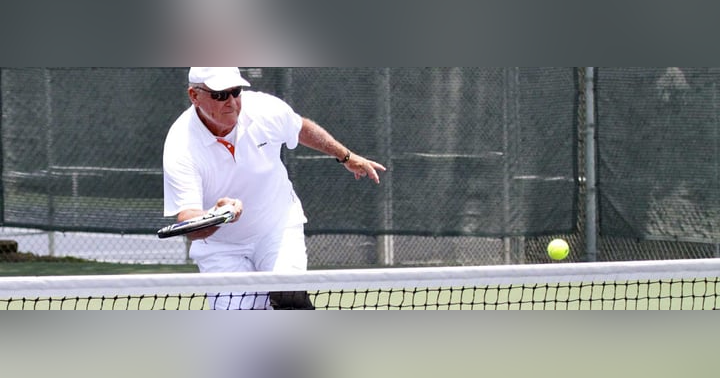What is tennis elbow and how can it be prevented

Tennis elbow, or to give it its medical name lateral epicondylitis, is a condition that causes pain around the outside of the elbow due to overuse of the muscles and tendons in the forearm. As the name suggests it is a condition that is common in tennis players due to the increased strain put on the elbow joint and forearm when returning shots.
Many who suffer from tennis elbow will notice pain on the outside of their forearm, just below their elbow, when carrying out simple actions such as lifting and bending their arm or twisting their forearm.
How can you prevent tennis elbow?
While tennis elbow is very common amongst tennis players, not everyone who plays the sport will suffer from tennis elbow. There are a number of various tips and tricks that you can utilize to help prevent the condition and reduce your chance of injury.
Stretching and exercises
Ensuring that you carry out an appropriate warm-up with plenty of stretching to help prepare your muscles for exercise is vital to help avoid injury. Tennis elbow is an overuse injury, which means that it occurs when excessive stress is put upon the working muscle. If you spend time conditioning these muscles by increasing their strength and flexibility it will help to prevent future injuries. A number of simple stretches can be carried out in a matter of minutes which will help to increase the strength and flexibility of your wrist, forearm, and elbow joint.
Check out the Tennisletics blog for our favorite exercises to help prevent tennis elbow.
Alter your grip
One of the most common reasons tennis players suffer from tennis elbow is because they are gripping the racquet too tight. While it’s important to ensure you have a strong enough grip in order to control the racquet, players need to learn when to loosen your grip as well. If 10 is the tightest you can grip a racquet and 1 the loosest, often players are gripping their racquets at a 7 or 8. In fact, the best players grip at a 2 or maybe 3. Gripping the racquet too tightly means you’re adding unnecessary stress to your muscles and increasing the chance of tennis elbow (and other arm and shoulder issues). Additionally, releasing your grip between points allows your muscles a moment to relax.
Reassess your racquet (and string)
Players who have their racquet strung at very high tension (especially with polyester strings) are more likely to suffer from tennis elbow due to the higher level of stress put on the joint with each shot. To help further reduce the likelihood of developing tennis elbow players are recommended to invest in a high-quality tennis racquet, with the correct grip size, and the right string at an appropriate tension. To help ensure you choose the perfect strings for your play style, we’ve created a handy guide to finding the perfect tennis strings.
Switch to two-handed
If you find yourself continually suffering from pain during matches then it may be time to reassess your technique to help reduce the strain put on your muscles. Switching to a two-handed backhand (and forehand) disperses the stress from each shot more evenly through both your hands, forearms, and elbows. In addition to this, if you find that your backhand is a weakness, this provides you with the opportunity to improve your overall game.
Rest and recovery
Unfortunately, tennis elbow isn’t an injury that will heal overnight, it can take weeks and even months to cure. The best treatment for tennis elbow is rest to give your muscles time to recover and strengthen. As a sportsperson taking time out to rest and recover can be hard as you have an innate desire to keep playing and competing. However, if you get to the stage where the pain is unbearable then your only option is to stop playing while it recovers. Of course, you should be trying to avoid letting the pain get so bad to the point where you can’t continue playing, prevention should be a top priority.
Tennis elbow is an injury that affects up to 50% of tennis players throughout their careers and is more common in men between the ages of 30 and 50. Unfortunately, there is no miracle cure of tennis elbow or no sure-fire way to prevent the condition, but by following the tips above you are taking steps in the right direction to reduce your chance of injury.











